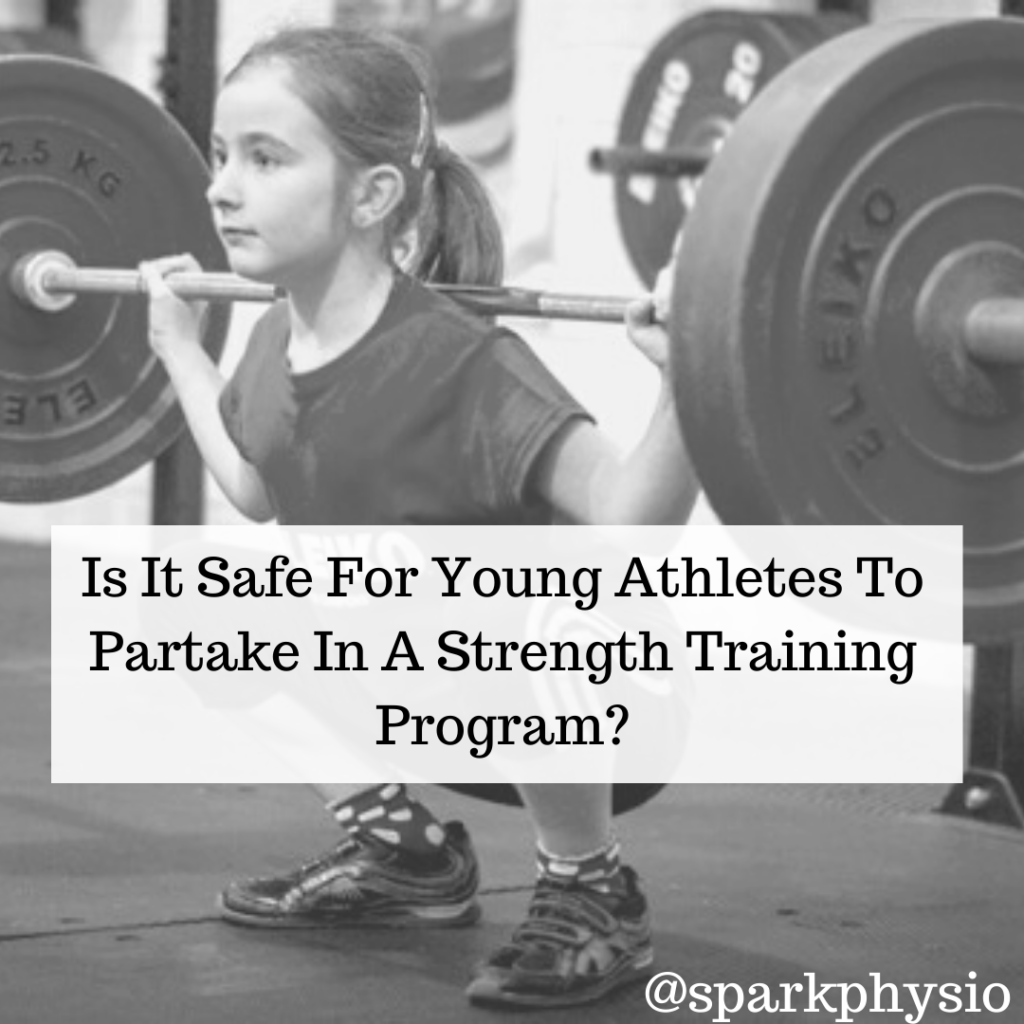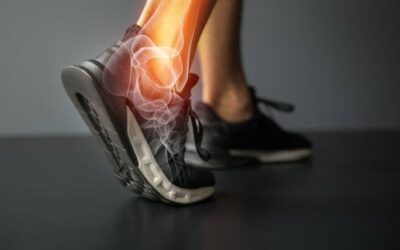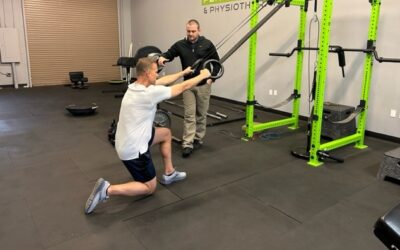
If you are or have been, a parent of an adolescent athlete, I’m sure the thought of your young athlete lifting weights has crossed your mind. Maybe you allowed them to partake in a strength training program? But, I often hear most parents having significant reservations for allowing their young athletes to lift weights.
Why is that?!
It is an old wives tale of sorts that “so and so” lifted weights early and that stunted their growth. Or “so and so” was injured while lifting weights and could never play sports again.
This fallacy has been passed down for way too long. We are starting to see a changing of the guard with more young athletes lifting weights. But, the dogma of “lifting weights as a young athlete is bad” is still around. Or, at least parents still have that fear in the back of their heads.
These fears are typically deeply rooted in the fear that lifting will stunt their athlete’s growth or cause an injury.
Let’s bust these myths.
Myth 1: Weight Training Causes Stunted Growth
Lifting weights as children or adolescents DOES NOT STUNT GROWTH.
There is no doubt that childhood and adolescence is a time for significant growth and development. But there is no evidence to support stunted growth occurs with resistance training.
Anatomy Background: At the end of long bones in children and adolescents are growth plates (epiphyseal plates). These are the sites where new bone is added to the existing bone, causing growth in the bones. In females, these stay open until around 12-16, and in males, they stay open until around 14-19. Once they close, they are fused and do not create extra length to the long bones.
If your child were to sustain an injury to these growth plates, they are at risk of not developing their long bones completely.
These fractures are more likely from a trauma to the bone. In children and adolescents, trauma is more likely to occur during their sport than during a supervised resistance training session.
Myth 2: Strength Training Causes Injuries
It is no secret…kids get hurt. If you have an active child, it is typically not a matter of “if”, more of a matter of “when” they will get hurt.
There is a “preventative” measure you can take to reduce the risk of injuries (more specifically, non-contact injuries). That step is to partake in a strength training program.
The biggest risk for injury in children and adolescents while partaking in a strength training program is not enough variability. But, that can be said for all sports. For instance, if a child or adolescent picks an overhead sport to specialize in, such as baseball, they can develop a bony abnormality that causes their humeral head to change positions. Just like variability in sport helps reduce the risk of overuse injuries, so does variability in a strength training program.
What Do Other Healthcare Professionals Think?
In 2008 the American Academy of Pediatrics released a position statement three main statements to take from it:
- Resistance training should be an essential component of preparatory training for aspiring athletes
- Participation in resistance training earlier in life correlates with participation later in life
- Individuals who do not participate in resistance training are likely at increased risk of negative consequences
Reference: American Academy of Pediatrics
To further solidify the American Academy of Pediatrics position statement, the international consensus position statement on youth resistance training came out in 2014 and stated: “misinformed concerns that resistance training would be harmful to the developing skeleton have been replaced by reports indicating childhood may be the opportune time to build bone mass and enhance bone structure by participating in weight-bearing physical activities.”
Be on the lookout for future blogs regarding resistance training in children and adolescents.
Have questions?
Feel free to message [email protected]
Want to know if your young athlete is a good candidate to begin a strength training program?
Contact us to get an assessment performed.




